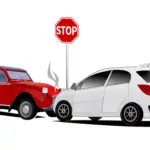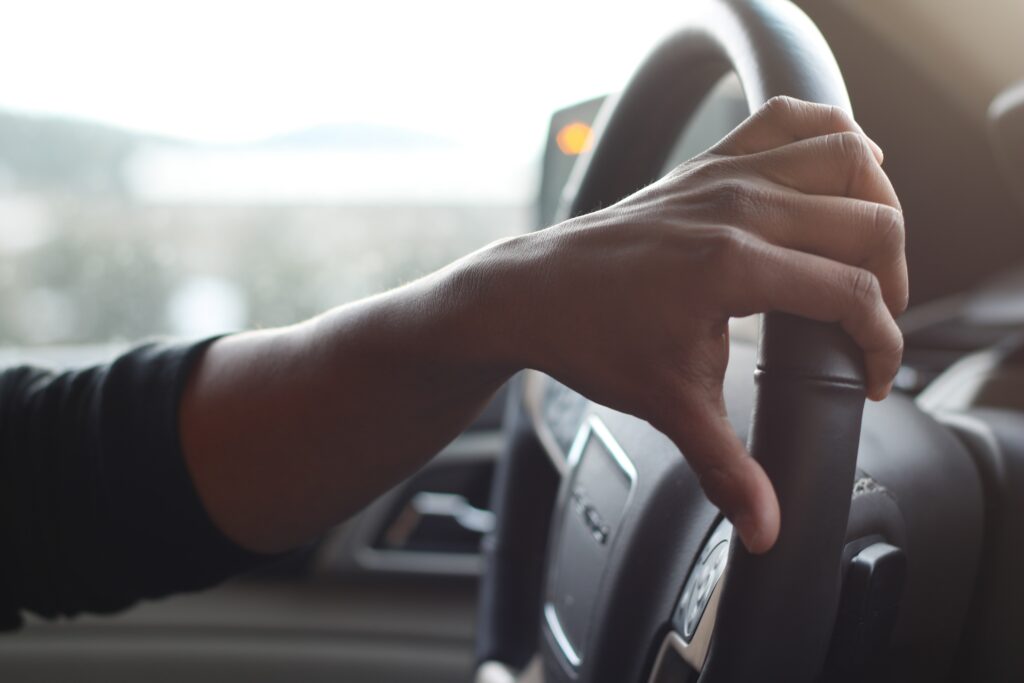Driving a car is something a lot of people have to do. If you do happen to work outside the home, you might drive nearly every day during a typical 40-hour workweek. Even if you don’t work outside the home, you may need to drive to the grocery store, doctor’s appointments, and to see your friends.
When you do so, you need to share the road peacefully with other drivers, but also motorcycle riders. Motorcycles have the same rights that a car driver does, but riding a motorcycle is inherently more dangerous because these vehicles do not have a steel framework around them.
There are several things you can do as a driver to make sure you don’t pose a danger to the motorcycle riders you encounter when you’re out on the road. Let’s talk about some of them right now.

1. You Can Avoid Drinking and Driving
Motorcycle riders need to do all they can to stay safe. That includes things like wearing the best helmets every time they ride. The Insurance Institute for Highway Safety conducted studies about helmet-wearing. They say that motorcycle helmets are 67% effective at protecting riders from brain injuries.
Helmet-wearing is the sort of thing a rider can do to protect themselves, but what can you do as a driver? Not drinking and driving should be at the very top of the list.
You might feel like you can still safely drive if you have only had one or two beers. It could be that you’re just under the legal limit, and you feel fine.
However, you should definitely get in the habit of never driving if you have ingested alcohol, period. This way, you can be sure you’re not over the limit, even if you think it’s possible you might be okay. Taking an Uber or asking your friend to drive you home is a much more responsible way to conduct yourself.
2. You Can Slow Down
Speeding is never a good idea, but imagine how much more dangerous it becomes if you’re speeding around a vulnerable motorcycle rider. If you happen to hit a rider when you are going thirty miles per hour, you might hurt them, but if you’re going twice that fast, you could kill them.
Know what the speed limit is and stick to it. Make sure to do that both on the highway and when you’re on local roads.
If you do this every time you drive, you make injuring yourself less likely, but you also make the roads safer for motorcycle riders, other drivers, pedestrians, cyclists, and even animals. You might get to your destination a few minutes later, but you can feel good knowing you’re behaving responsibly.
3. You Can Avoid Driving at Night Whenever Possible
Nighttime driving is more dangerous because you can’t see what is around you. This is always the case, but nighttime driving when it is raining or foggy can turn lethal in a hurry.
If you can avoid driving at night and take care of any errands during the day instead, do that. If you have to drive at night and feel you have no alternative, at least slow down and pay attention to the road. That’s a courtesy you can pay to any motorcycle riders that might be out there.
Also, if it’s both nighttime and the weather is bad, only drive if there’s a legitimate emergency. This combination is one that almost invites potential disasters, so leave the driving till the next day unless you have no other choice.
4. You Can Check Your Blind Spots Before Changing Lanes
Motorcycles do not take up as much space on the road as most other vehicle varieties. Think about how small a motorcycle seems versus the average car or truck. They are easy to miss if you’re daydreaming or not paying very close attention to what’s around you at any given moment.
One time when you’re the most likely to hit a motorcycle rider is when you are about to switch lanes.
It’s in those moments that you should always check your blind spot. You may not realize a motorcycle rider has appeared in the lane next to you until you change lanes and bump into them.
A simple bump like that can cause a motorcycle rider to hit the center highway driver, or it can land them in a ditch. Checking that blind spot can save a life, so do it every time.









